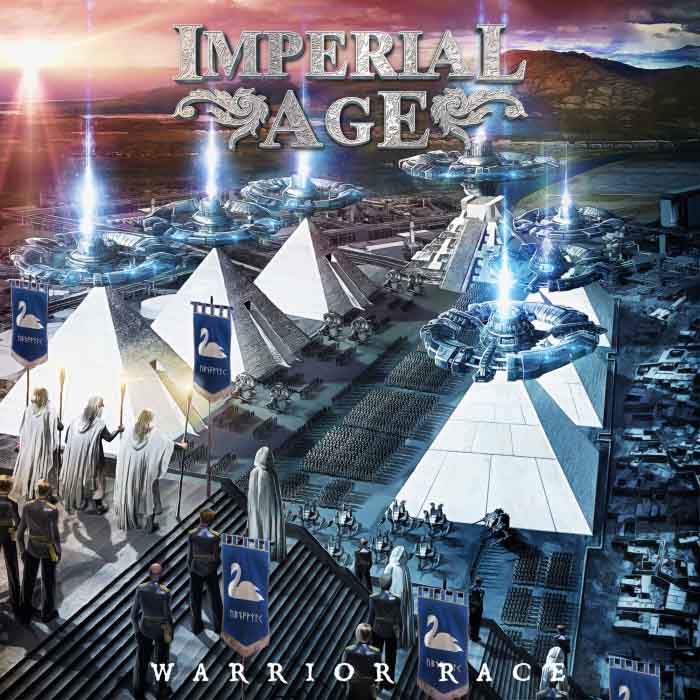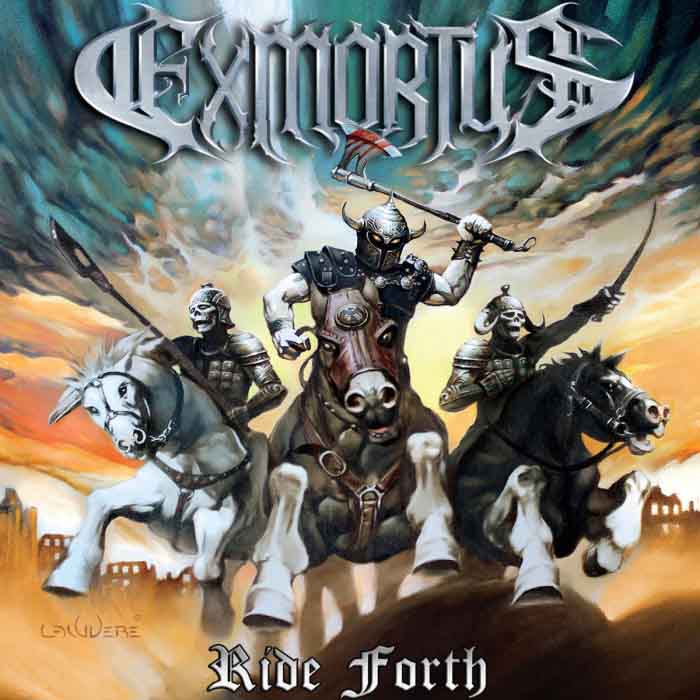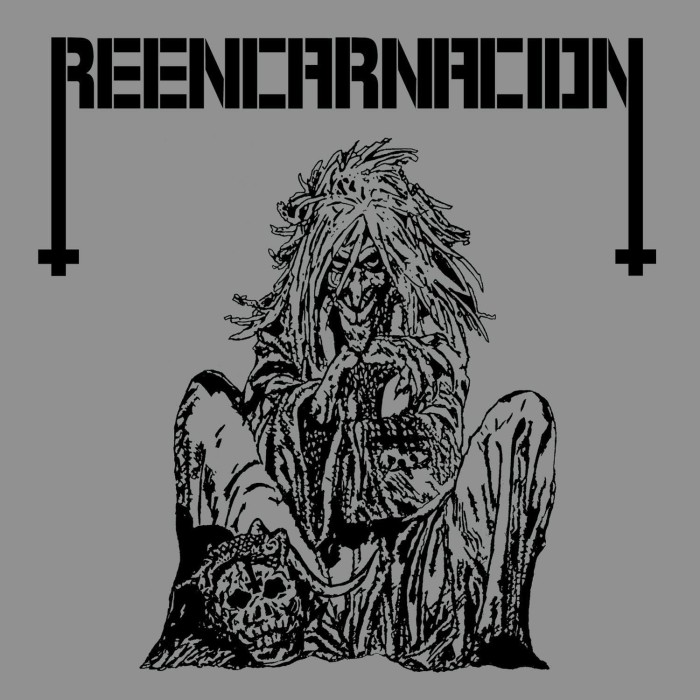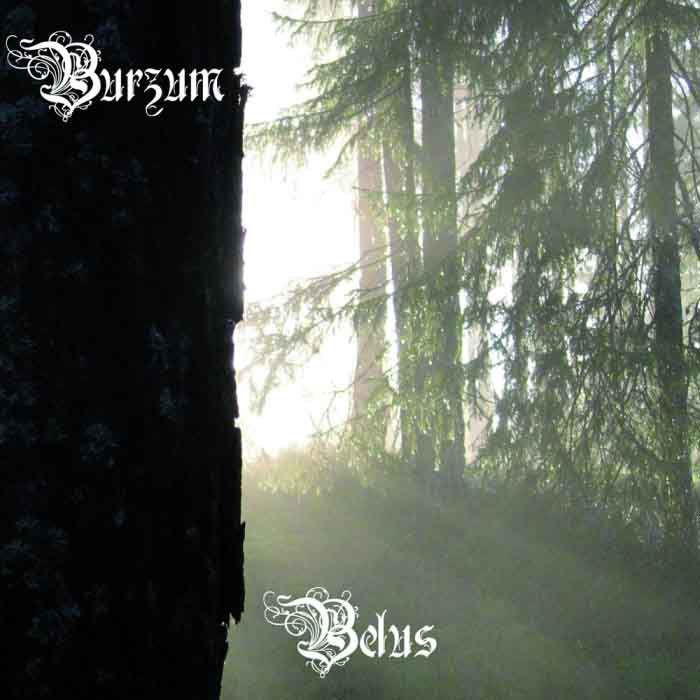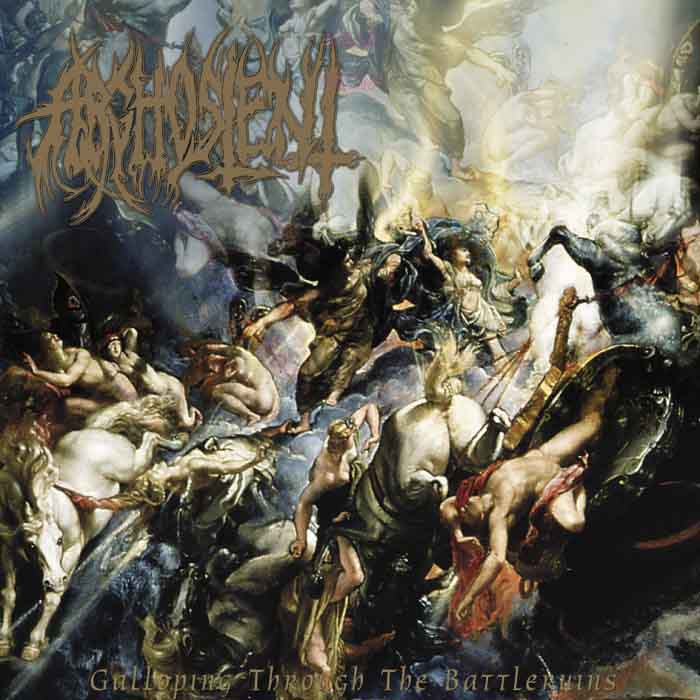
One list of albums dictated by the masses of sheeple apparently does not provide enough self-indulgence and emotional masturbation for the hordes of mental weaklings that yearn to be called metalheads in order to disguise their lack of direction or ideals. Hence, here we are, clubbing away at one of these sorry piles of shit for the amusement of hessians. However, we also hope that the attentive unawakened reader may start to see a glimpse of the truth through outright disrespect for the inherently contemptible. (We have skipped some items in the original list as to not incur in much unnecessary repetition of releases, thus the odd numbering of the items herein.)
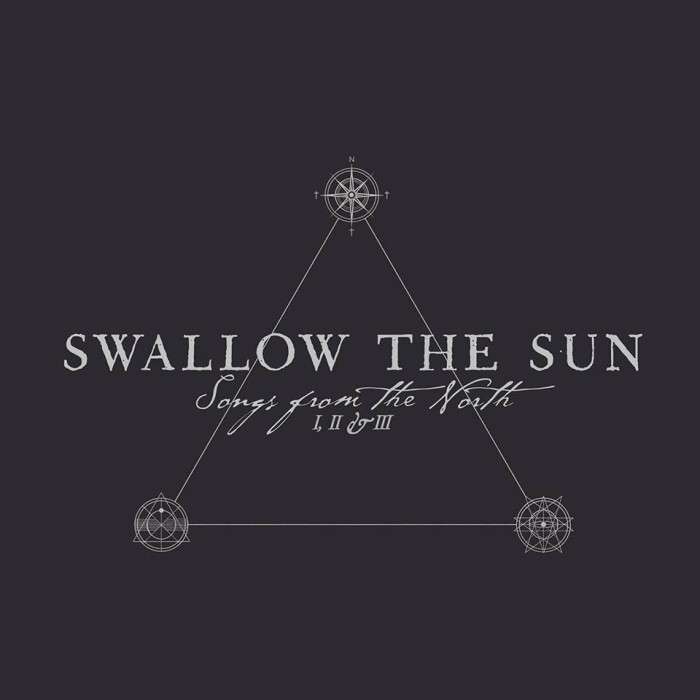
2. Swallow the Sun – Songs From The North I, II & III
The term “doom metal” is again used to justify slow-coming boredom and lack of originality. Swallow the Sun compile alternative metal slow and simple grooves with the alternation of growls and the clear vocals typical of post-cuckolded Amorphis Scandinavian gay ‘hard’ (ha!) rock. There is an obvious pseudo-progressive intent here as discreet radio moments pass us by in a series of haphazardly-stitched, disingenuous grimaces. Radio emotional pandering for the pretentious.
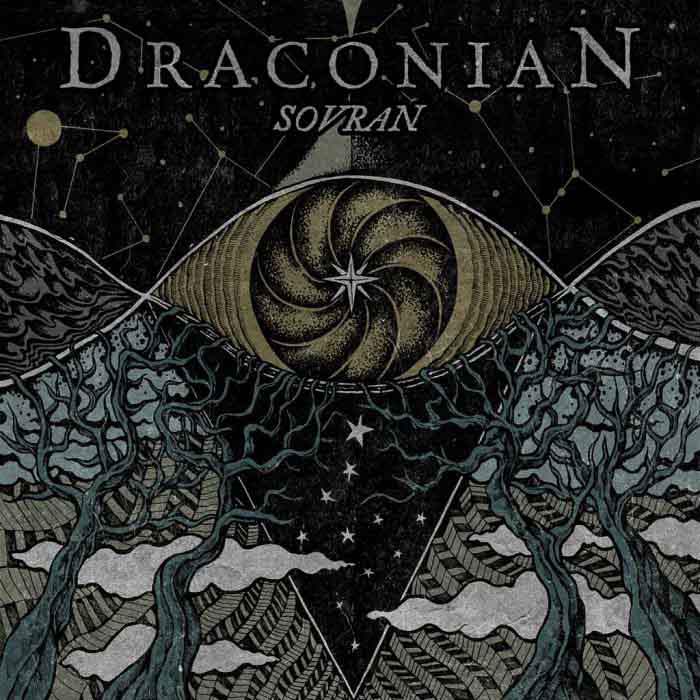
3. Draconian – Sovran
Apparently radio gay doom is popular at MS’ website. Only here we have a much more straightforward, perhaps more honest, attempt at the same run-of-the-mill pop rock opera. Draconian switches between male and female vocals, with duet episodes, themselves interrupted by long harmonized guitar lines reminiscent, at least superficially, of Funeral’s early work. However, Tragedies did not fall into popisms and rather took a more traditional popular music approach to vocals and applied it to a quasi classical level which may make one think of European early music. Draconian, on the other hand, stink of Barbie sex.
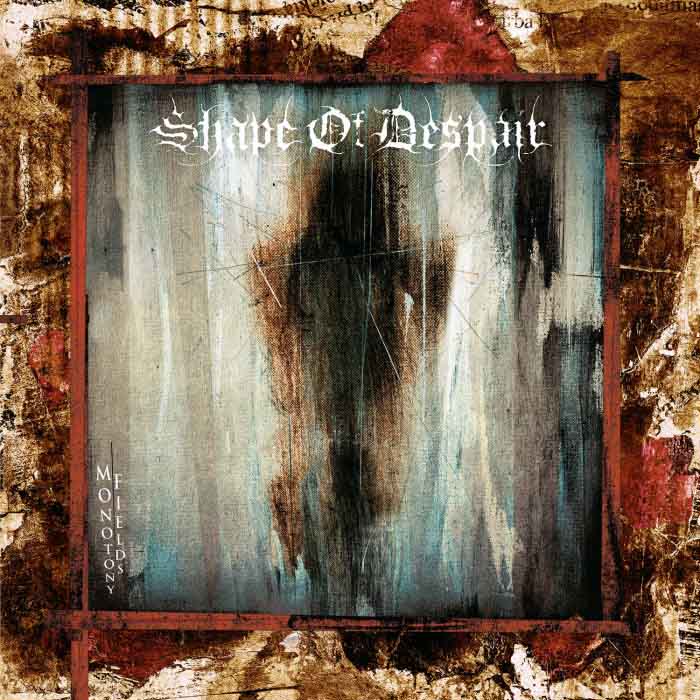
4. Shape of Despair – Monotony Fields
Mediocre and dull ‘doom metal’ seems to be extremely popular. It may be that since the average music listener is a terrible one, and that they seek these sounds as stimulus for a purely sensual experience and so can only identify with very simple-minded works, however contorted their outward forms may be. Shape of Despair provide the pop listener with the ‘doom metal’ experience in the same way that Cannibal Corpse provides him the ‘death metal’ experience. Of course, this is the sort of listener that “listens to all kinds of music”. All is imbecility.
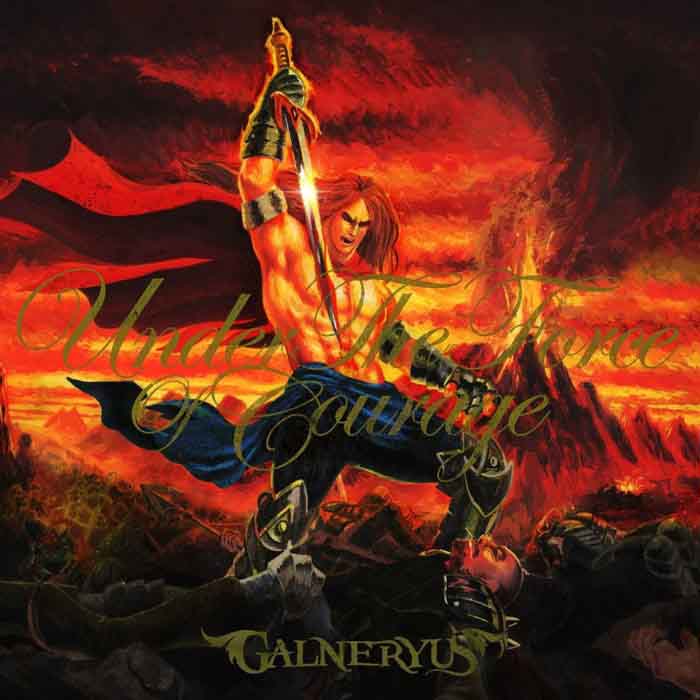
5. Galneryus – Under the Force of Courage
One day little guitar Syu wanted to find a place for his neoclassical wanking and so created the power metal band Galneryus. Galneryus released a couple of comically-endearing and childish albums until the inevitable sellout moment came. After trying their hand at pandering to a more mainstream audience and wisely switching to writing lyrics in Japanese (realizing, perhaps that their main market was inside Japan after all, and that foreign fans would always be attracted to the sound of a strange and unique language), the band took a wide turn back to a firmly European style inspired on the likes of Manowar-inspired streamlined power metal with augmented structures that balance a manner of unpredictability without ever feeling unsafe and, of course, always remaining singable. Clever and winky, empty as fanservice-crammed anime.
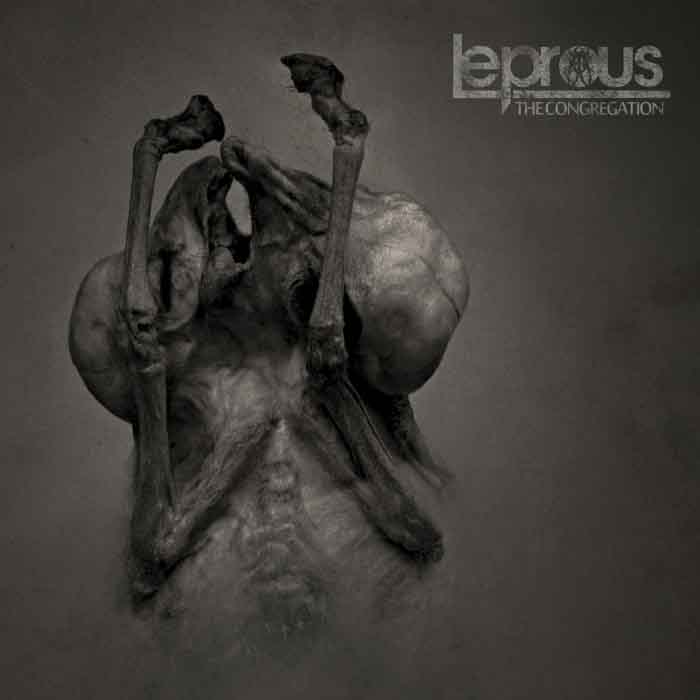
8. Leprous – The Congregation
Groovy, syncopated, modulations disguising poorly-presented repetition, weird clean vocals, just enough electronic noodling and laid-back but ‘cool’ drums. This is the recipe par excellence for the multiculturalist wet dream presenting all forms and nothing but insecurity and hollowness at its center. Here is where the worst overproduced radio pop is peppered with jazz fusion gimmicks. Metal? Music or public obscenity?
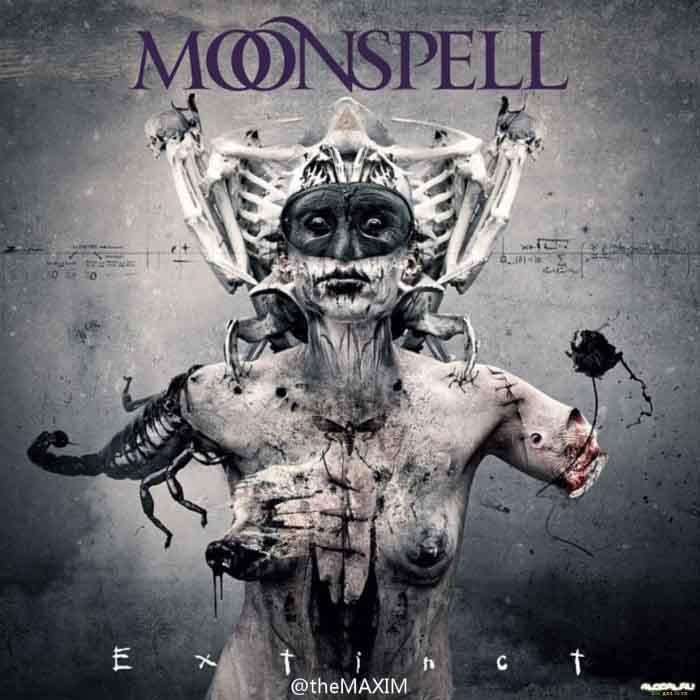
9. Moonspell – Extinct
A horrible blend of modern industrial tropes and a sissy euro-rock basis, accompanied vocals angsty enough to seem edgy but just safe enough as to not scare away the wimps who listen to this garbage. The high school poser solos do not really redeam this first-world, spoiled-kid, macho pretension.
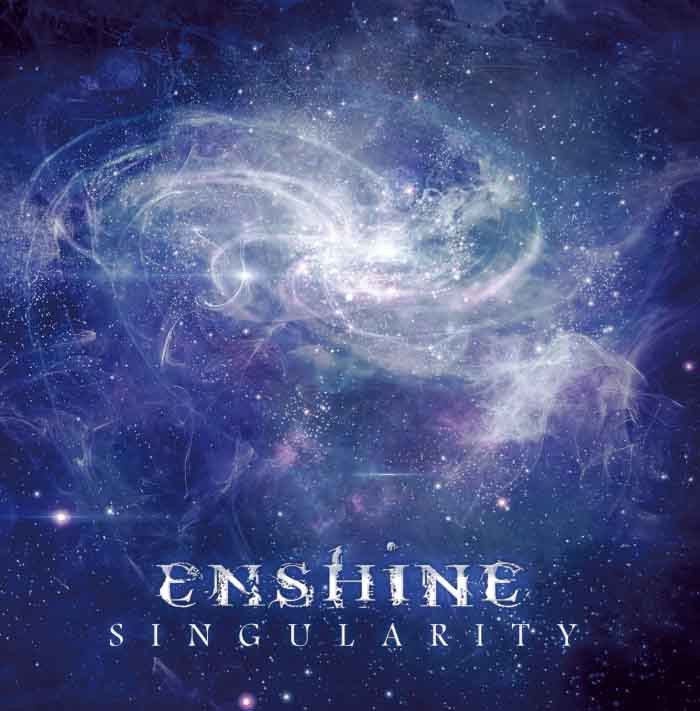
14. Enshine – Singularity
Basically, the sonic representation of the sparkly, clean-shaven assholes of fans of these music ready to be sodomized by real metal music. Lacking in all natural self-assertion or distinct personality, this is music for the bottom who craves to be dominated. In other words, music for social justice warriors.
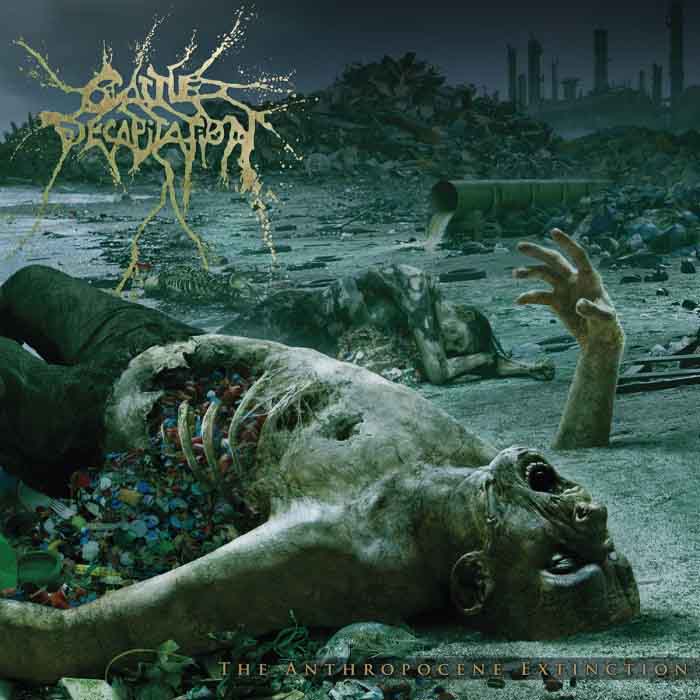
15. Cattle Decapitation – The Anthropocene Extinction
This is as ridiculous as pseudo-progressive core pandering can get. What is worse, this band is playing a dangerous game in which they may lose all of their audiences, or perhaps score with New York hipsters. Crammed in under two minutes you may find explicit deathcore and alternative rock passages, power metal leads, nu-black metal runs lead by duets of inhaled low growls and Chester Bennington’s evil twin brother’s whining, without excluding the use of high squeals. Basically, a puddle of diarrhea that clearly gives away the cause of ailment. Unbearably disquieting in its stupidity.
10 CommentsTags: 2016, cattle decapitation, draconian, enshine, galneryus, moonspell, sadistic metal reviews, shape of despair, swallow the sun

